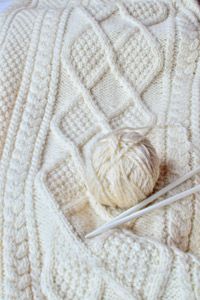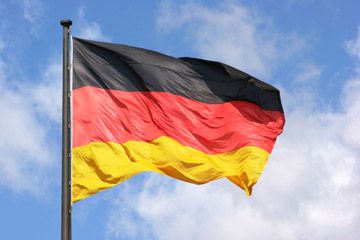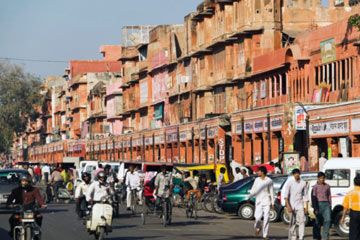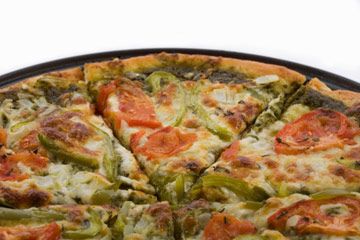Traditional Irish Clothing
Ireland's tumultuous history affected every bit of the island's culture, including clothing fashions. In poor times, peasant dress was exceedingly simple. Men and women alike wore might've worn simple knee-length leine, or shirts. Men worn just the leine, while women often used these shirts as undergarments covered by open-sleeved dresses.
But there are other, more recognizable traditional fashions in Ireland. The kilt is one of them. Although most scholars pin the development of the "man's skirt" on Scotland, Irish men also wore them regularly, especially in the early 20th century.
Advertisement
As with so many aspects of Irish culture, many wore kilts as a sign of solidarity with other people who wanted independence from England. Rebellion-minded people often chose saffron yellow, and for that reason English officials banned that hue from English dress, so as to tamp down any public displays of support for the Irish.
Weather also plays a significant role in traditional Irish dress. Ireland's ocean climate is generally mild, but sudden rainfall is common, as are strong breezes. Many natives dress in layers that they can shed or add depending on abrupt shifts from hot to cool, wet, and windy.
To that end, the famous Aran sweater poses a sensible solution. Made from water-repelling wool, these sweaters are very breathable but also insulate the wearer nicely when cooler weather sets in. These traits are especially useful for fishermen, who may have worn similar pullover sweaters to bear the weather changes and dampness.
Some of the stitches in Aran sweaters have traditional meanings. For example, the roundish honeycomb stitch is said to symbolize the hard work of the honey bee and the sweetness of the fruits of labor. However, there's no truth to an oft-repeated myth that each family has its own unique sweater stitch patterns.
Contemporary Irish dancers also wear traditional clothes. Female dancers usually wear brightly colored dresses with intricate embroidered patterns, and each school of dancing has its own unique designs. Often, Celtic patterns find their way onto these dresses, and some dancers include a Tara brooch (an elaborate, traditional Irish brooch), in part as a reminder of the artistry of ancient inhabitants of Ireland.
And of course, dance itself is another aspect of Ireland's steadfast vitality. Keep reading, and you'll see that a love of dance is deeply ingrained in Irish culture, too.



